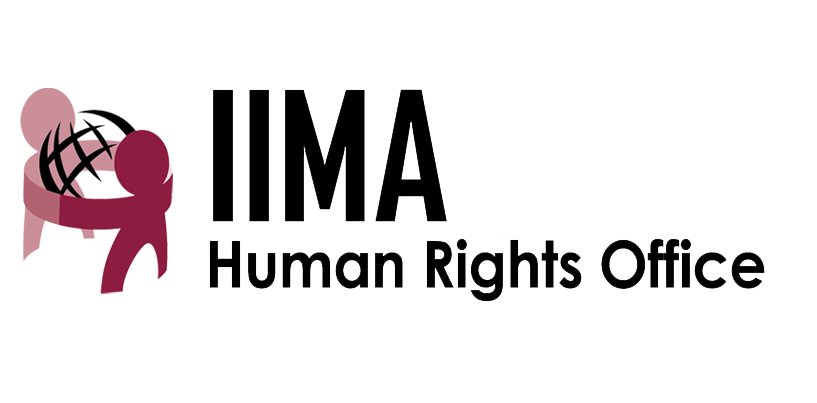April 17, 2015
in News EN
For Victims of Torture, Is It Ever Enough?
 |
| UN Voluntary Fund for Victims of Torture Expert Panelists |
The discussion on the use of the UN Voluntary Fund for Victims of Torture took place on April 16, 2015. The Director of the Human Rights Treaties Division, Ibrahim Salama, opened the discussion by reminding everyone that the Fund has existed for 30 years and has raised more than US$160 million since its inception, and introduced the panel of experts, representing different sectors of victim support. They were Felicitas Treue, CCTI, Mexico; Suzanne Jabbour, RESTART, Lebanon; Adam Bodnar, on the Board of Trustees; C. Streetter, Representante Permanente Alterno de Chile – CTI; Peter Kiama, IMLU, Kenya; Lin Piwowarczyk, Boston Medical Center, USA; and Paulo David.
Bodnar reminded attendees that both the prevention of torture and rehabilitation for torture victims are interconnected and cannot be separated. The goal of the Fund is to restore the rights and dignity of torture victims. It requires the coordination of many actors, providing short- and long-term assistance, and should respect the independence of each body providing rehabilitation, from both top-down and bottom-up perspectives.
Each expert testified to the power of the Fund to create real solutions to the problems they have witnessed – from the legal perspective, helping victims receive redress from perpetrators, to the health perspective, supporting torture victims regain their dignity and transition to the identity status “survivor.” They gave specific examples of how the Fund helped victims of torture – in each case, emphasizing the importance of tackling the issue on the individual, family, community, and society levels in order to achieve true reparation.
Following the expert testimonies, Salama opened the discussion to the floor, and members of the audience, consisting of State representatives, NGOs and other civil organizations. Many who spoke referred to the need to quelm the cycle of hate that stems from untreated victims in order to prevent new instances of violence and torture. Many societies, from Chile and Argentina to Bosnia and Romania, are still suffering the effects of torture inflicted by those in power upon civilians, because perpetrators enjoy impunity, but also because the psychological trauma is passed down to generations long after the physical torture has ended.
There is general agreement that the Fund must continue in order to provide support to potential torture victims, those currently being tortured, and those that still suffer its after-effects. In order for the Fund to continue, new and participating countries must help it reach its goal of US$12 million for the year. As Suzanne Jabbour asked during her testimony, “are we doing enough?”
| Lin Piwowarczyk showed attendees a necklace, given to her by one of her patients, as a symbolic gift for all those that bring healing to victims of torture. |

